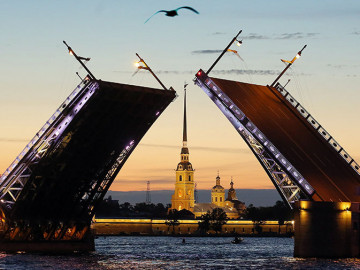Kunstkamera – Russian “Cabinet of Curiosities”
Kunstkamera is associated with its collection of anatomical anomalies, but its exposition is mostly notable for a large number of antiques – signs of everyday life and history of various nations. The museum is the brainchild of Emperor Peter the Great, inspired by the "overseas cabinets of kunsts" (curiosities, wonders and rarities), which he had seen in Holland and England. The first exhibits of Kunstkamera, founded in 1714, were steel utensils, tools and natural rarities, purchased by Peter the Great himself. The place for the Kunstkamera was chosen by the emperor personally, and its Baroque building is considered to be the world's oldest structure, created specifically for the museum.
The Kunstkamera has several sections: Anatomy, History of Kunstkamera and Russian science of the XVIII century and a number of sections devoted to different regions (North America, Japan and Africa). The Anatomical Section contains hundreds of samples of physiological anomalies floating in formalin (a two-headed lamb, and so on). The exposition of the History section is dedicated to St. Petersburg Academy of Sciences and to Lomonosov personally. Here you can see the Globe of Gottorf, which was the world's largest planetarium in the XVIII century. Other sections store Samurai armor, instruments of labor of Australian tribes, Chinese porcelain, Mongolian yurt and other signs of various nations’ everyday life.





































